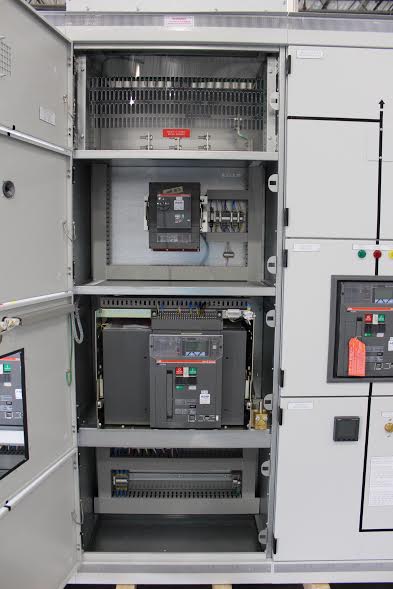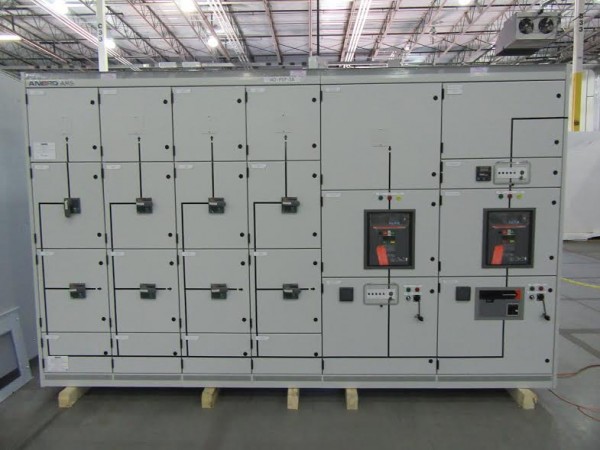Anord CPI brings the innovative UL approved Form 4b Type 7 design AMS switchgear to the U.S. market
November 10, 2016With energy and power costs continuing to rise, many companies are taking a long look at the efficiency and benefits of data centers. The question becomes how to make sure the operating space is fully optimized for cost effectiveness. The answer has recently arrived in the U.S. market and it is the innovative, UL Listed, AMS switchgear built to Form 4b, Type 7 standards. Data center operators are able to utilize more space effectively with the smaller option, an infrastructure change that allows more space for production. But why is it only now being integrated into the American market?

As John Day points out in Mission Critical Magazine, the reason is steeped in history. The two predominant electrical standards for the world have been the International Electrotechnical Commission (IEC) used throughout Europe and the National Electric Manufacturers Association (NEMA) used primarily in the United States. From World War II until the 1990s, the paths of these two standards remained separate until they merged into the Technical Advisory Groups (TAG).
Even with the combined standard entity, low voltage electrical switchgear continued with different designs. The U.S. used low voltage switchgear designs driven by the UL 891 and 1558 standards and EMEA used the IEC-‐609349 for low voltage switchgear. The design differences while very different do not translate into differences in performance. They are equal in that regard.
However, footprint, personal safety and component segregation are vastly different in the two designs. For example here are “depth”, “height” and “length” measurements for four legacy UL 891 designs:
Vendor Depth Height Length
1 80” 91” 22”, 30” & 36” fixed options
2 80” 92″ 22”, 30” & 36” fixed options
3 74” 92” 22”, 30” & 38” fixed options
4 90” 97” 23”, 31” & 39” fixed options
In comparison, here is a UL listed built to Form 4b Type 7 standards
39” 89” Modular in 4” increments
An astonishing difference.

So where do they differ in component segregation?
The UL listed built to Form 4b Type 7 product provides a high level of segregation of:
- Incoming line connections
- Horizontal busses – completely isolated
- Vertical busses – isolated from the horizontal bus and circuit breaker compartments
- Circuit breakers – in an individual compartment and isolated from the other components
- The load side connection to the distribution circuit breakers – isolated resulting in a safer method for connecting the load
- The instrumentation compartments – totally segregated and protected from other components in the switchboard
The competitive advantages of a UL built Form 4b Type 7 design, in comparison to legacy UL891 product available on the market today, are incredible and offer:
- A more compact footprint
- A higher level of protection for internal components
- A higher level of human protection
- Better arc flash characteristics
DATA CENTERS SHOULD ABSOLTELY TAKE NOTICE!
*this article appears in full in Mission Critical Magazine by author John Day